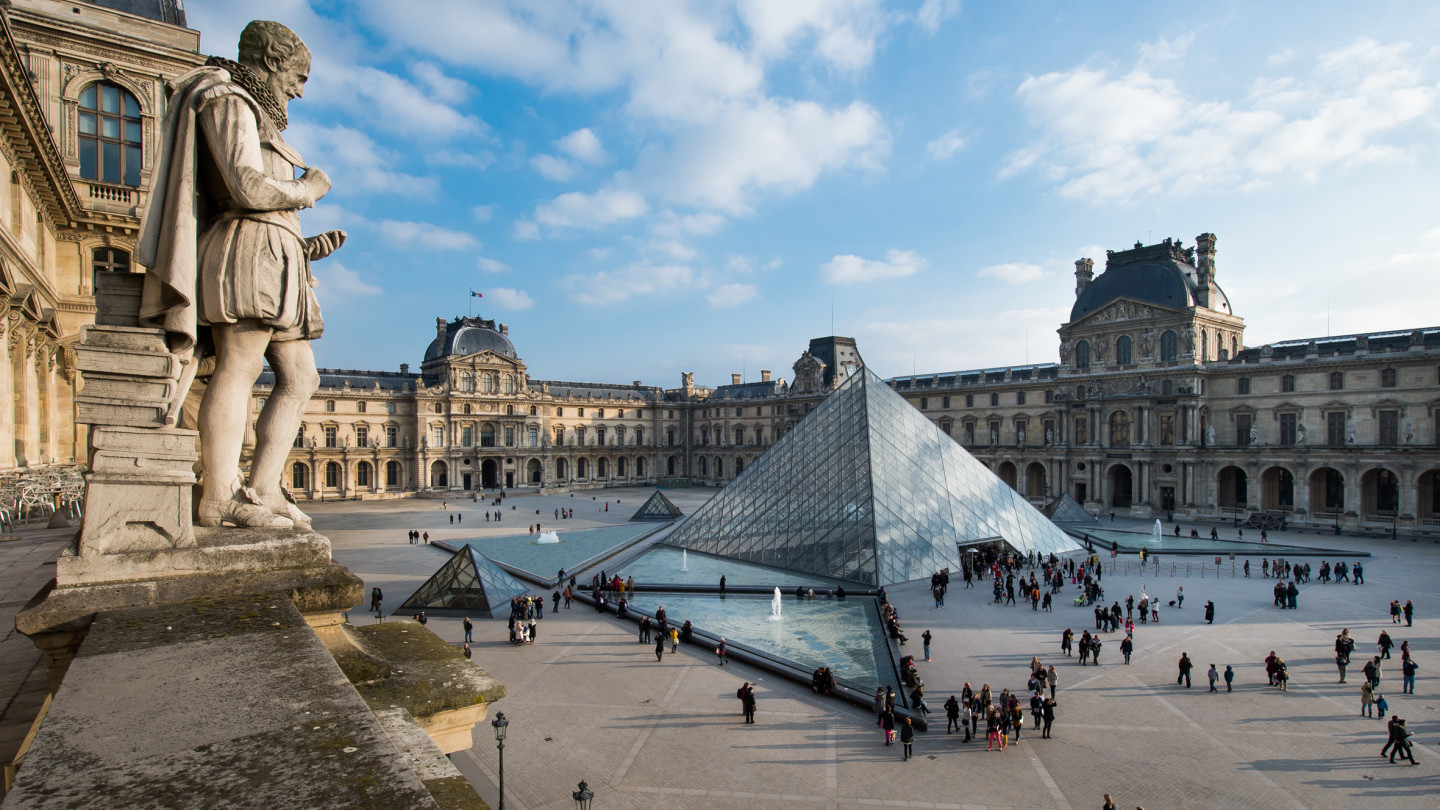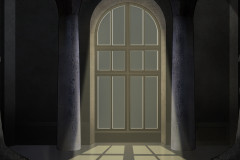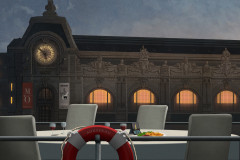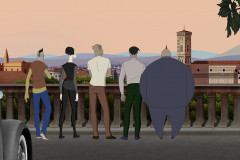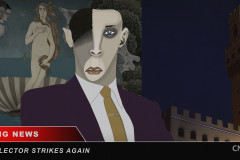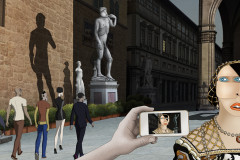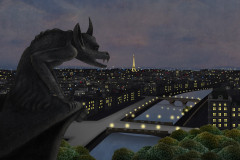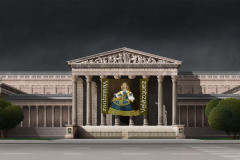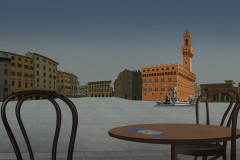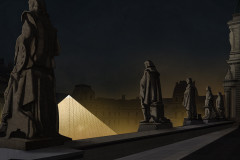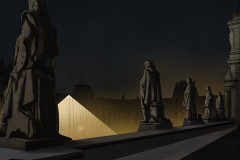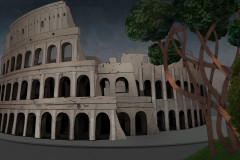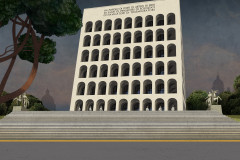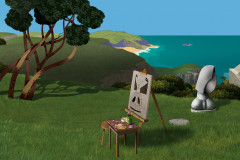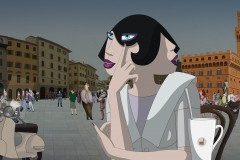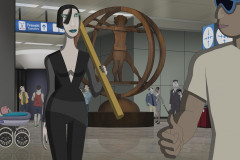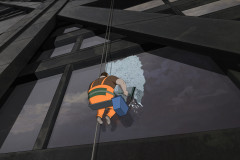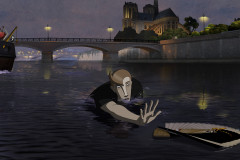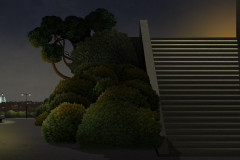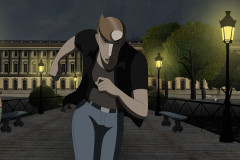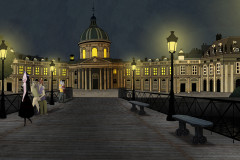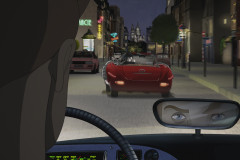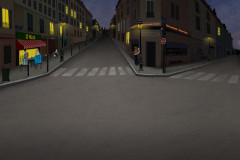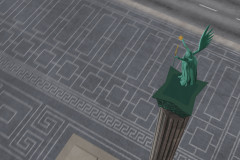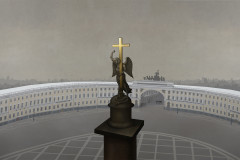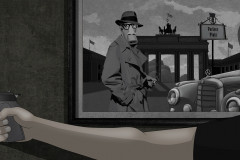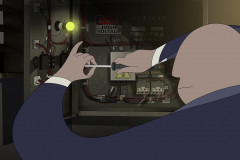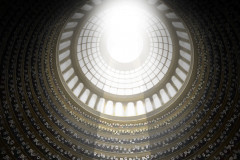Ki ne ismerné a Louvre múzeumát? Mona Lisa, Miló-i Vénusz, Szamothrakéi Niké…
De mégis, ki ismeri tényleg a Louvre-ot?
A Szajna jobb partján a 13. század eleje óta királyi vár állt. A Louvre mostani formáját a Pierre Lescot által tervezett reneszánsz vár megmaradt falai, a XIV. Lajos-féle barokk átépítés és a 17. század végén átépített keleti szárny határozza meg. Olyan nagy építészek dolgoztak itt, mint Louis Levau, Charles Lebrun vagy Claude Perrault. Egyszerre többen, hogy senki ne mondhassa magáénak a királyi kastélyt. Mivel azonban a Napkirály Versailles-ban új királyi székhelyet építtetett, a Louvre-ba hivatalnokok és tudósok költöztek. Az épületegyüttes egy négyzetes, udvar köré épült palotából (Cour carrée), és annak két sarkától induló, párhuzamosan futó szárnyból áll. Az egymásból nyíló, egy tengelyre felfűzött termek sora (enfilade) nagyon megfelel a múzeumi követelményeknek.
Franciaország első múzeuma 1793. augusztus 10-én nyitotta meg kapuit, azóta is a világ leglátogatottabb intézménye: naponta 15.000 látogató keresi fel, 2018-ban pedig 10,2 millió vendége volt. A 38.000 műtárgy közül lehet is válogatni: a nyugat-európai művek mellett egyiptomi, mezopotámiai, görög, etruszk és római alkotásokat is láthatunk.
A Louvre már rögtön a film elején feltűnik, hiszen Mimi innen cseni el Kleopátra gyönyörű legyezőjét. És a legyező mellett több más egyiptomi ihletésű tárgy és szobor is előbukkan, amelyek után vadászni. lehet. Mimihez egyébként nagyon illik ez a finom kiegészítő, mint az egyik legszebb és legismertebb valaha ért királynő tárgyi emléke. A lenyűgöző épületegyüttest éjszakai pompájában, kivilágítva látjuk. Ha egyszer te is arra jársz, azért ne csak a Mona Lisa-t nézd meg. Persze az egész múzeumot alaposan bejárni több nap lenne, de azért rácsodálkozni arra, mi az a lamasszu, hogy milyen megható Ghirlandaio: Nagypapa unokájával képe, vagy milyen rejtélyeket olvashatunk ki Poussin: Árkádiai pásztorok című festményén.
Louvre
Who doesn’t know the Louvre Museum? Mona Lisa, Venus de Milo, Winged Victory of Samothrace…
But really—how many truly know the Louvre?
Since the early 13th century, a royal fortress stood on the right bank of the Seine. The current form of the Louvre is shaped by the surviving walls of the Renaissance palace designed by Pierre Lescot, the Baroque renovations under Louis XIV, and the eastern wing rebuilt at the end of the 17th century. Renowned architects like Louis Le Vau, Charles Le Brun, and Claude Perrault all contributed—often simultaneously, so that no one person could claim ownership of the royal palace. But when the Sun King moved his seat to Versailles, the Louvre was handed over to officials and scholars. The palace complex is composed of a square building around a central courtyard (Cour Carrée) with two parallel wings extending from its corners. The enfilade—a series of rooms aligned on a single axis—is especially well suited for museum exhibitions.
France’s first public museum opened its doors on August 10, 1793, and it remains the most visited museum in the world: around 15,000 visitors per day, with 10.2 million in 2018 alone. Among the 38,000 displayed objects, visitors can explore not only Western European masterpieces but also Egyptian, Mesopotamian, Greek, Etruscan, and Roman works.
The Louvre appears right at the beginning of the film, as Mimi steals Cleopatra’s beautiful fan. Alongside the fan, several other Egyptian-inspired objects and statues make an appearance—worthy prey for the hunt. The elegant accessory suits Mimi perfectly, as a remnant of one of the most beautiful and iconic queens in history. We see the breathtaking building complex lit up in its full nighttime splendor. And if you ever visit, don’t stop at the Mona Lisa. Sure, exploring the whole museum would take days, but take a moment to marvel at what a lamassu is, how moving Ghirlandaio’s Old Man with His Grandson can be, or what mysteries lie hidden in Poussin’s Et in Arcadia Ego.







